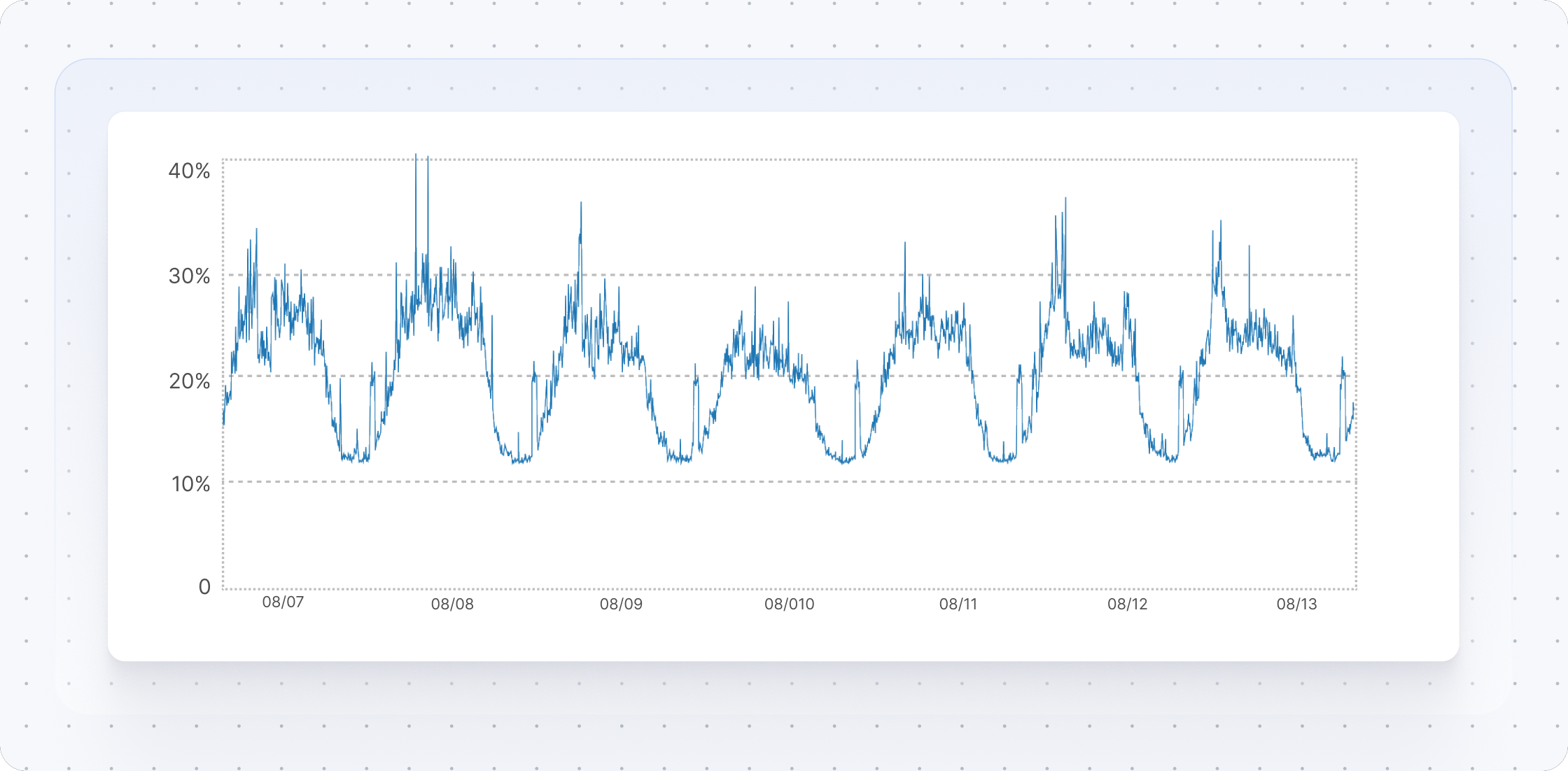Migration to AWS
for a leading educational platform serving over 120,000 active users

Technology
A comprehensive platform migration from DigitalOcean to AWS
Our team has created the largest educational platform in Poland, currently supporting approximately 120,000 users. We are now responsible for the platform’s ongoing development and maintenance.
Our client’s platform (NDA-protected) is gaining popularity, attracting an increasing number of new users. Properly managing such traffic is essential to ensure the solution meets its intended purpose and user expectations. To enable scalability and enhance the application’s performance, we have successfully migrated the system from DigitalOcean to AWS.
How we helped our client achieve his business goals?
We also configured production-ready tools such as Redis and Elasticsearch and set up a Load Balancer to efficiently manage traffic to application clusters.
Our team prepared the entire AWS Elastic Container Service infrastructure, including scalability policies. The infrastructure was deployed using Terraform and Terragrunt.
Additionally, we conducted load testing, followed by a thorough analysis of application performance on the new infrastructure. Based on this, we fine-tuned parameters and settings to meet current requirements. In the final stage, we replicated the database to the new AWS RDS Aurora instance.
We ensured robust security measures were in place, hosting database resources in private subnets and restricting remote access to application containers.
Application Performance After Migration
with Increasing Traffic
Number of Requests Handled by the Load Balancer


A graph displaying the variation in traffic across the week and during different hours of the day.
Maximum, Minimum, and Average CPU Usage

A graph showing CPU utilization by the application throughout the week. The chart highlights how the application dynamically responds to varying loads at different times and days, with rapid autoscaling during peak traffic. This ensures the average CPU usage quickly stabilizes to the required level. Depending on pre-configured alarms, the number of tasks in the cluster adjusts accordingly to handle dynamic traffic efficiently.
Stable Handling of Application Database Requests

During the migration, we ensured the database system could scale effectively, securing this critical component against increasing user traffic.
Database Resource Utilization Chart

The chart shows dips in utilization corresponding to automatic scaling of database instances. When traffic stabilizes, the number of instances is reduced to minimize costs, maximizing the use of primary instances while maintaining efficiency.
Migration Purpose
The migration aimed to maintain consistently fast server response times for users, regardless of the time of day or current load. The outcome is confirmed by the graph below, demonstrating that response times remain highly stable even as traffic continues to grow.



